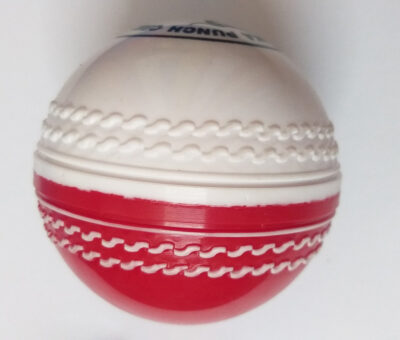The business of manufacturing cricket balls has encountered a significant challenge in recent years. The procurement of leather, primarily sourced from cow hide, has become increasingly difficult due to the crackdown on cattle slaughter. As a result, cricket ball producers, from small-scale operators to established companies like BDM, in Meerut and across Uttar Pradesh, have faced the same predicament. This situation has led to the closure of many units, forcing manufacturers to seek alternative sources of leather from different states. Unfortunately, this transition has not been without its obstacles, and the industry’s export potential has declined, allowing Pakistan to surpass India in cricket ball exports.
Leather Procurement Issues
The leather used in the production of cricket balls is predominantly sourced from cow hide. However, recent restrictions on the slaughter of cattle have made it increasingly challenging for manufacturers to obtain cow hide, impacting their production capacity. Many units in Uttar Pradesh, a hub for cricket ball manufacturing, have been forced to shut down due to the unavailability of raw materials. This scarcity has compelled ball manufacturers to explore leather procurement from other states, disrupting established supply chains and increasing costs.
Ethical and Safety Concerns
Apart from the logistical challenges, there are ethical and safety concerns associated with using cow hide in cricket ball production. Some manufacturers express apprehension about the inherent risks of being associated with a product made from cow skin due to the sensitive nature of the issue. The prevailing sentiment is that engaging in this trade could potentially expose individuals to harm or public backlash. While buffalo hide is an alternative, it is not considered ideal due to certain properties that may affect the quality and performance of the cricket ball.
Decline in Export Potential
The cricket ball manufacturing industry, once thriving and dominating the market, is now facing a setback in terms of its export potential. Industry veterans acknowledge that India has fallen behind Pakistan in the export of cricket balls due to the challenges related to leather procurement. The disruption in the supply chain and increased costs have made it difficult for Indian manufacturers to compete in the international market. As a result, the future of the industry remains uncertain, with stakeholders eagerly hoping for a resolution to the ongoing issues.
The cricket ball manufacturing industry in Meerut and Uttar Pradesh is grappling with the scarcity of cow hide caused by the clampdown on cattle slaughter. This scarcity has resulted in the closure of several manufacturing units and forced manufacturers to seek alternative sources of leather from other states. Additionally, ethical concerns and safety risks associated with using cow hide have further complicated the situation. The decline in export potential, allowing Pakistan to surpass India, has added to the industry’s challenges. Amidst these difficulties, industry stakeholders remain hopeful for a resolution to the leather procurement issues, ensuring the revival and growth of cricket ball manufacturing in the region.



